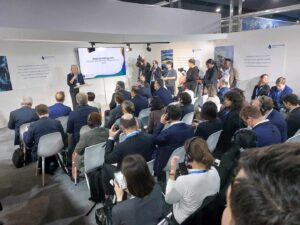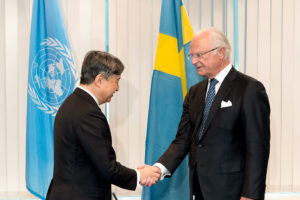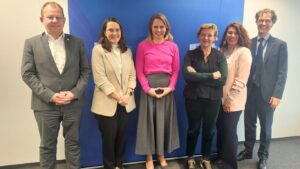Source-to-sea at GEF Council
The Global Environment Facility (GEF) was established at the 1992 Rio Earth Summit, to help tackle our planet’s most pressing environmental problems. Since then, the GEF has provided $14.5 billion in grants and mobilized $75.4 billion in additional financing for almost 4,000 projects.
The GEF works in a number of focal areas: Biodiversity, Climate Change, Chemicals & Waste, Land Degradation, Forest Management/REDD+, and International Waters. In the area of International Waters, GEF supports projects in programs to address transboundary problems in river basins, lake basins, aquifers and large marine ecosystems and several source-to-sea oriented projects targeting nutrient reduction and/or applying ridge-to-reef approaches and integrated coastal area and river basins management.
The Council is the GEF’s governing board of directors, responsible for developing, adopting, and evaluating policies and programs for GEF-financed activities. The Council members represent 32 GEF constituencies– 16 from developing countries, 14 from developed countries, and two from countries with economies in transition.
Over the past year, the S2S Platform has supported the GEF Scientific and Advisory Panel (STAP) in an assessment of challenges and opportunities of governance and management in the source-tossea continuum. On June 7th, the STAP Information Document “A conceptual framework for governing and managing key flows in a source-to-sea continuum: Summary and policy recommendations for the GEF Partnership” was presented at the 50th GEF Council Meeting, including a set of recommendations for how the GEF can continue to build on its extensive portfolio across different focal areas and further scale up investments to support source-to-sea priorities.







